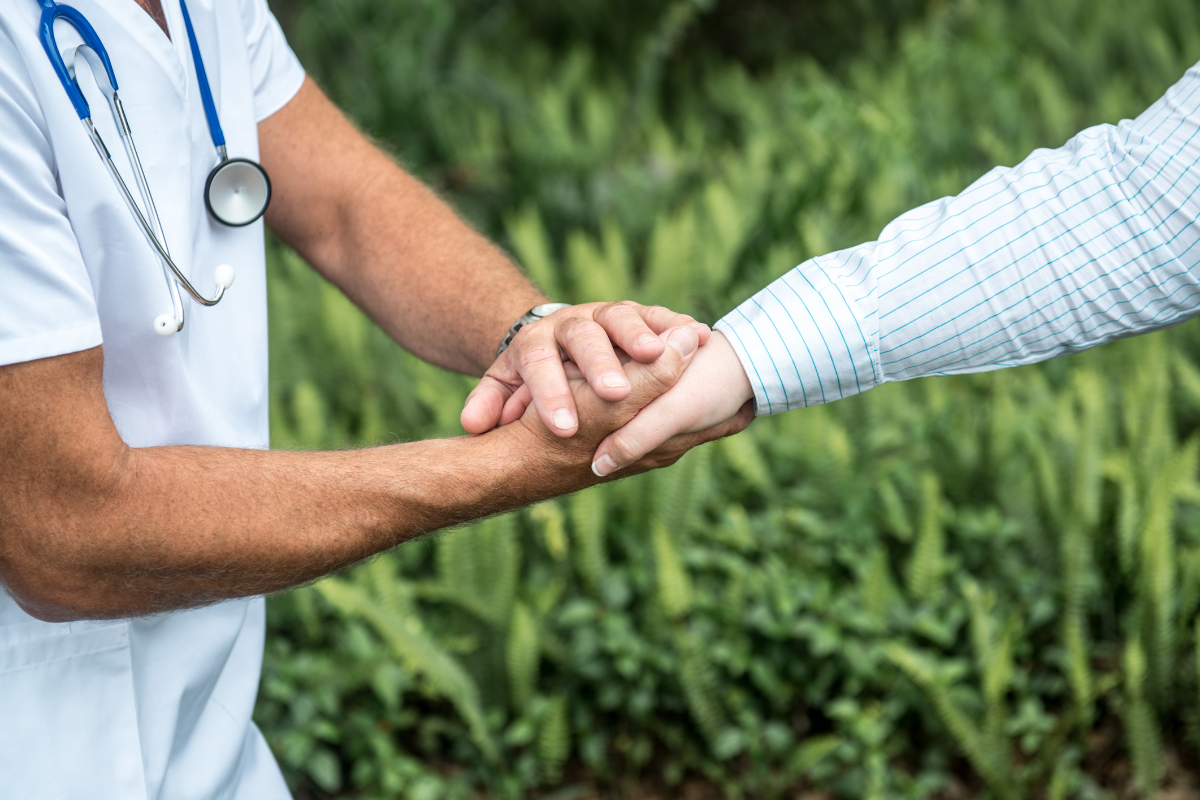An attack occurs when blood availability to the brain is blocked or the blood vessels in the brain rupture. Recovery from a stroke is different for every individual as it depends on the intensity of the stroke, and the recovery time varies from weeks to months to years. Stroke rehabilitation is a procedure in which healthcare professional therapists again teach the lost skills to patients undergoing stroke. Rehabilitation helps make the individual live independently as they used to.
Tips for stroke rehabilitation
Exercise for motor skills
Exercise or physical activity can help refine the strength of muscles and throughout body coordination. The muscles used for swallowing, walking, and balancing are all involved. Always check on warning signs of another stroke, such as arm weakness, facial drooping, faintness, issues in vision, and headache.
Aerobic exercise
Cardiovascular or aerobic exercise is needed to improve the heart’s function after stroke. These include dancing, boxing, Zumba, and cardio drumming. Stroke survivors with enough mobility can do these activities for speedy recovery in the rehabilitation procedure.
Doing exercise or keeping oneself active is effective in treating the condition. Make them participate in short-term physical activities or exercise to stay active. This will help their brain be involved and make rehabilitation easy.
Constrained-induced therapy
Moving the affected limb while keeping the unaffected limb on rest helps in improving the function of that limb. This therapy is also called constrained-induced therapy. This helps make the dead limb active and work properly, but it takes time, so keep patience. Other therapies, such as cognition therapy, are also given to regain the lost memory.
Communication
Make them communicate with a pencil by drawing pictures and writing some keywords. Ask them to take time, be patient, and avoid rushing to understand things.
Emotional support
People with stroke need family and friends’ support to recover quickly. They may undergo anxiety and mood swings or may get frustrated easily. We must understand their condition, provide condolences, and not shut them up. Let them show anger, and talk or take them to stroke recovery groups where they can interact with the survivor and get hope.
Lifestyle Modifications
To get a fat recovery from a stroke, make the person quit smoking. Restrict their intake of caffeine, alcohol, or drugs. Make them eat unsaturated fats and avoid eating saturated fats in the diet.
Home modification
Physical or occupational therapists suggest modifying a home for stroke rehabilitation patients, and some modifications are placing handrails, grabbing bars, and non-slippery mats for showering. This will help recover and avoid any damage.
Conclusion
A stroke is when the brain’s blood vessels rupture, or the blood supply to the brain is restricted. People with stroke have memory loss, limb impairment, and many other problems. Therapies such as physical, cognitive, and occupational al are needed, and the therapist suggests modifying the home by installing handrails or grab bars for patients. Exercises such as motor skill improvement, forced movement of the affected arm, staying active, walking, doing cardio exercises and communicating with others, social interaction, and modification in dietary habits such as quitting alcohol and smoking are also needed for speedy recovery from stroke and better rehabilitation.

